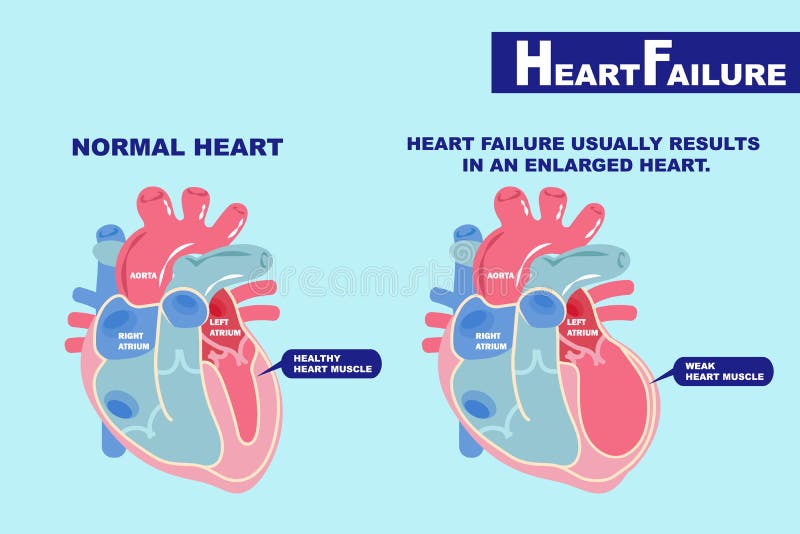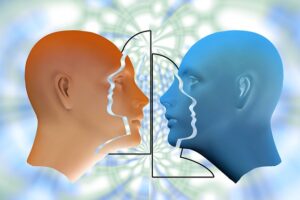Heart problems
Heart problems, also known as cardiovascular diseases, refer to a range of conditions that affect the heart and blood vessels. The most common types of heart problems include:
- Coronary artery disease (CAD): This occurs when the coronary arteries, which supply blood to the heart muscle, become narrowed or blocked by a buildup of plaque (fatty deposits). This can lead to chest pain (angina) or a heart attack.

- Heart failure: This occurs when the heart is unable to pump blood effectively, which can cause shortness of breath, fatigue, and swelling in the legs and ankles.

- Arrhythmias: These are problems with the rhythm of the heartbeat, such as atrial fibrillation (AFib), which can increase the risk of stroke.

- Heart valve problems: This can occur when the heart valves do not open or close properly, which can cause the heart to work harder and lead to heart failure.
- Aortic aneurysm: This occurs when the aorta, the major blood vessel that carries blood from the heart to the rest of the body, becomes weak and bulges.
These heart problems can be caused by a variety of factors, including genetics, high blood pressure, high cholesterol, smoking, obesity, diabetes, and a sedentary lifestyle. Some heart problems can be treated with lifestyle changes, such as eating a healthy diet, exercising regularly, and quitting smoking, and others may require medication or surgery.
It’s important to note that early detection and treatment can help to prevent or reduce the risk of serious complications from heart problems, so it’s important to speak with a healthcare professional if you have any symptoms or concerns about your heart health.
Heart attack and cardiac arrest difference
A heart attack and cardiac arrest are both serious medical emergencies that involve the heart, but they are different conditions.
A heart attack, also known as a myocardial infarction, occurs when a blocked artery prevents oxygen-rich blood from reaching a portion of the heart muscle. This can cause damage or death of heart tissue. Symptoms of a heart attack may include chest pain or discomfort, shortness of breath, and pain or discomfort in the arms, neck, jaw, or stomach.
Cardiac arrest, on the other hand, occurs when the heart suddenly stops beating effectively, which can cause the person to lose consciousness and stop breathing. This is a medical emergency that requires immediate treatment with CPR and defibrillation, which can help to restart the heart. Symptoms of cardiac arrest include sudden collapse, loss of consciousness, and no pulse or breathing.
Both heart attack and cardiac arrest are serious medical conditions that can be life-threatening if not treated promptly. If you suspect someone is experiencing a heart attack or cardiac arrest, call emergency services immediately.
It’s important to note that a heart attack can lead to cardiac arrest, but not all cardiac arrests are caused by a heart attack. Other causes of cardiac arrest can be congenital heart disease, electrolyte imbalances, severe trauma, or severe infections.
What are the symptoms of heart attack and cardiac arrest?
The symptoms of a heart attack and cardiac arrest can vary, but some common signs include:
Heart Attack:
- Chest pain or discomfort: This can feel like a squeezing, fullness, or pain in the centre of the chest.
- Shortness of breath
- Pain or discomfort in the arms, neck, jaw, or stomach
- Sweating
- Nausea or vomiting
- Lightheadedness or dizziness
Cardiac Arrest:
- Sudden collapse
- Loss of consciousness
- No pulse or breathing
- Agonal breathing (gasping)
It’s important to note that not all heart attacks or cardiac arrests will have the same symptoms. Some people may experience mild symptoms or no symptoms at all. Also, women and some groups of people such as diabetics may experience atypical symptoms such as fatigue, sleep disturbance and shortness of breath.
If you suspect someone is experiencing a heart attack or cardiac arrest, call emergency services immediately. Early treatment can help to prevent serious complications or death.
What is Electrolyte Imbalance?
Electrolyte imbalance refers to a condition in which the levels of electrolytes in the body are too low or too high. Electrolytes are minerals that carry an electric charge and are found in the blood, urine, and other bodily fluids. They help to regulate a number of important bodily functions, including the balance of fluids in the body, the pH of the blood, muscle and nerve function, and the heart’s rhythm.
The most common electrolytes in the body are sodium, potassium, chloride, and calcium. An imbalance in any of these electrolytes can lead to a wide range of symptoms and complications.
Causes of electrolyte imbalance can be varied, but some common causes include:
- Dehydration: from sweating, vomiting, or diarrhoea.
- Renal disorders: such as chronic kidney disease, which can affect the body’s ability to maintain proper electrolyte balance.
- Medications: such as diuretics and laxatives, which can affect the balance of electrolytes in the body.
- Hormonal imbalances: such as Addison’s disease and hyperthyroidism, which can affect the balance of electrolytes in the body.
Symptoms of electrolyte imbalance can vary depending on the specific electrolyte that is imbalanced, but they can include:
- Fatigue
- Muscle weakness or cramping
- Numbness or tingling
- Irregular heartbeat
- Confusion
- Seizures
If left untreated, electrolyte imbalances can lead to serious complications such as heart failure, kidney failure, and even death. Treatment for electrolyte imbalance typically involves correcting the underlying cause and replacing lost electrolytes through oral or intravenous fluids, medications, and in some cases, hospitalization.


